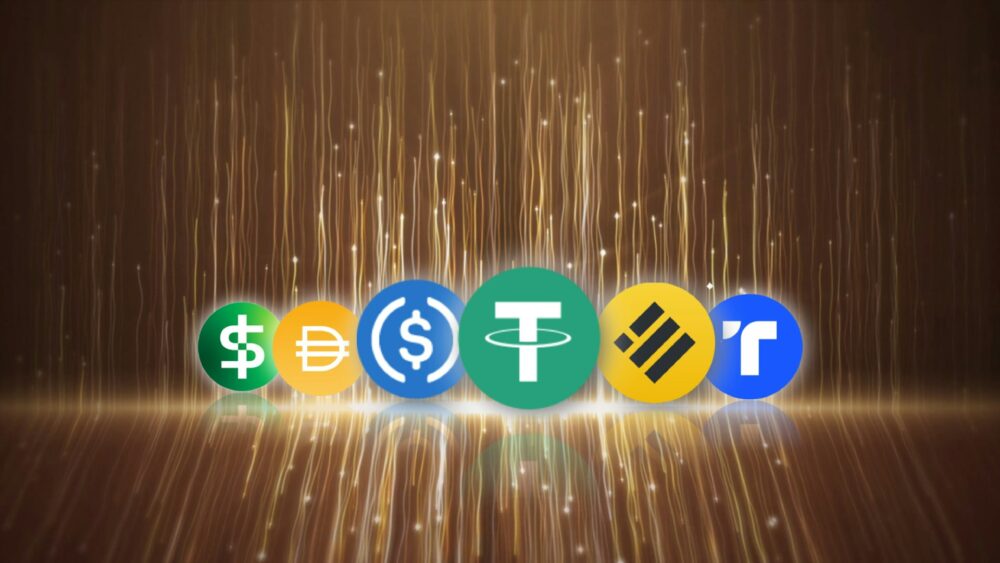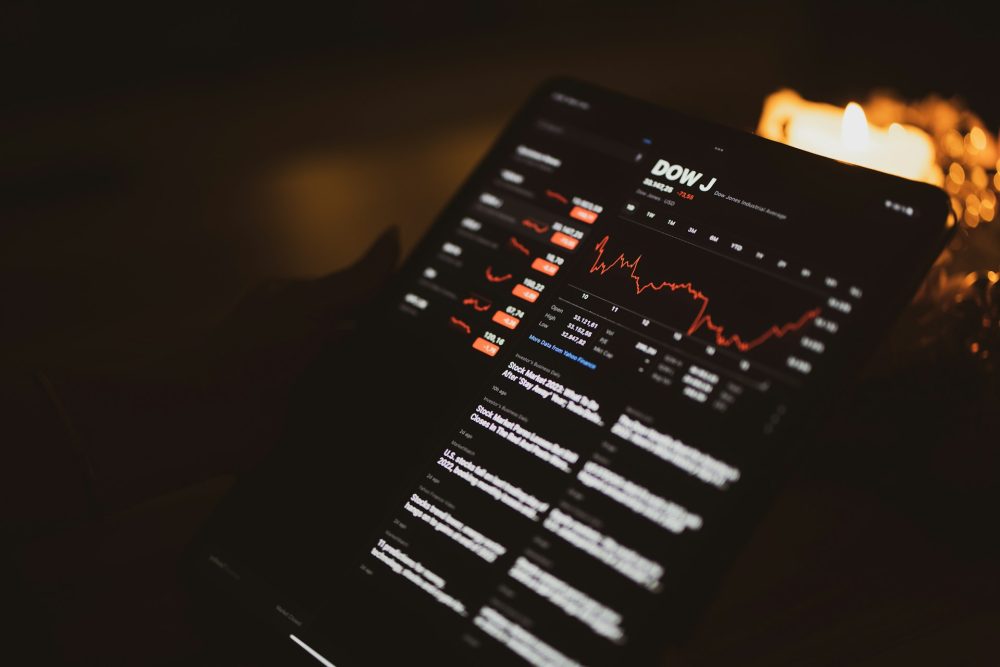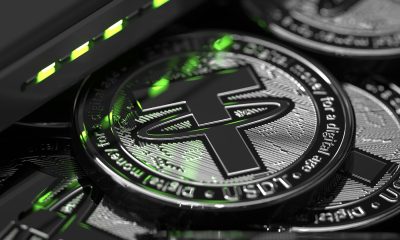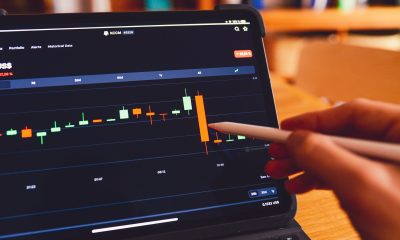Fintech
Coinbase Wants to Delist Certain Stablecoins in the EU Because of MiCA
Coinbase plans to delist stablecoins in the EU by December 30th if they don’t meet MiCA regulations, which require stablecoin issuers to hold a percentage of fiat reserves in EU accounts. USDC is MiCA-compliant, but Tether (USDT), the market leader, faces uncertainty. Crypto investors in the EU may face limited stablecoin options by year-end.

In the EU, the MiCA (Markets in Crypto-Assets) regulatory package has been in effect since the summer , which also affects stablecoins. The crypto exchange Coinbase wants to clean up its offering of Tether (USDT) and co. by the end of the year.
Stablecoins such as Tether (USDT) or USDC form the backbone of the crypto markets. Their use allows many deals to be processed in blockchain networks without having to go through fiat currencies. The MiCA (Markets in Crypto-Assets) rules have been in force in the EU since July, and they also set clear framework conditions for stablecoins in order to protect against less reputable providers.
Why will Coinbase delist some stablecoins in the EU
The MiCA transition periods expire at the end of the year and the US crypto exchange Coinbase is preparing consequences. Coinbase is currently informing customers by email that support for stablecoins that do not meet the MiCA requirements will be discontinued in Europe on December 30th.
A sticking point here is the MiCA rule that issuers of stablecoins based on the US dollar must hold 30 or 60 percent of fiat reserves in EU accounts, depending on the license. USDC, the second largest global stablecoin, has already secured EU approval through a euro version called EURC. Coinbase also refers to this and writes that it will introduce options in November to exchange balances in stablecoins for MiCA-compliant representatives such as USDC and EURC.
The big question mark still hangs over Tether (USDT), the clear market leader among stablecoins with a market capitalization of around 120 billion US dollars. As far as is known, Tether has not yet sought MiCA approval and is therefore no longer available or only partially available to EU customers on crypto exchanges such as Bitstamp, OKX, Kraken or Binance.
However, Tether CEO Paolo Ardonio is currently using X to indicate that he is working on a “new technological solution for the European market” and wants to present it soon. Coinbase has an indirect stake in USDC – but is still likely to be interested in keeping Tether as an alternative in the portfolio in the future.
Conclusion: Stablecoins in the EU – Coinbase is serious
Experts are watching with interest as PayPal’s still young stablecoin PYUSD slowly gains market share. Ripple also wants to launch its own stablecoin called RLUSD, of which a euro version is also likely – but so far the project is in the preparation phase.
Crypto investors residing in the EU must prepare themselves for being limited in their choice of stablecoins by the end of the year at the latest. But it is not yet known which stablecoins Coinbase plans to delist in Europe. Tether seems to be under pressure, as it certainly does not want to miss out on the important EU market.
__
(Featured image by CoinWire Japan via Unsplash)
DISCLAIMER: This article was written by a third party contributor and does not reflect the opinion of Born2Invest, its management, staff or its associates. Please review our disclaimer for more information.
This article may include forward-looking statements. These forward-looking statements generally are identified by the words “believe,” “project,” “estimate,” “become,” “plan,” “will,” and similar expressions. These forward-looking statements involve known and unknown risks as well as uncertainties, including those discussed in the following cautionary statements and elsewhere in this article and on this site. Although the Company may believe that its expectations are based on reasonable assumptions, the actual results that the Company may achieve may differ materially from any forward-looking statements, which reflect the opinions of the management of the Company only as of the date hereof. Additionally, please make sure to read these important disclosures.
First published in BLOCK-BUILDERS.DE. A third-party contributor translated and adapted the article from the original. In case of discrepancy, the original will prevail.
Although we made reasonable efforts to provide accurate translations, some parts may be incorrect. Born2Invest assumes no responsibility for errors, omissions or ambiguities in the translations provided on this website. Any person or entity relying on translated content does so at their own risk. Born2Invest is not responsible for losses caused by such reliance on the accuracy or reliability of translated information. If you wish to report an error or inaccuracy in the translation, we encourage you to contact us

-

 Crypto2 weeks ago
Crypto2 weeks agoBitMine Surpasses 4 Million ETH Holdings Amid Market Volatility
-

 Biotech3 days ago
Biotech3 days agoMedical Research in 2025: A Turning Point for Precision and Personalized Medicine
-

 Markets2 weeks ago
Markets2 weeks agoDow Jones Strength Faces Risk From a Potential Yen Carry Trade Unwind
-

 Impact Investing1 week ago
Impact Investing1 week agoChristmas Plastic Waste and the Path to Circular, Low-Emission Solutions
























